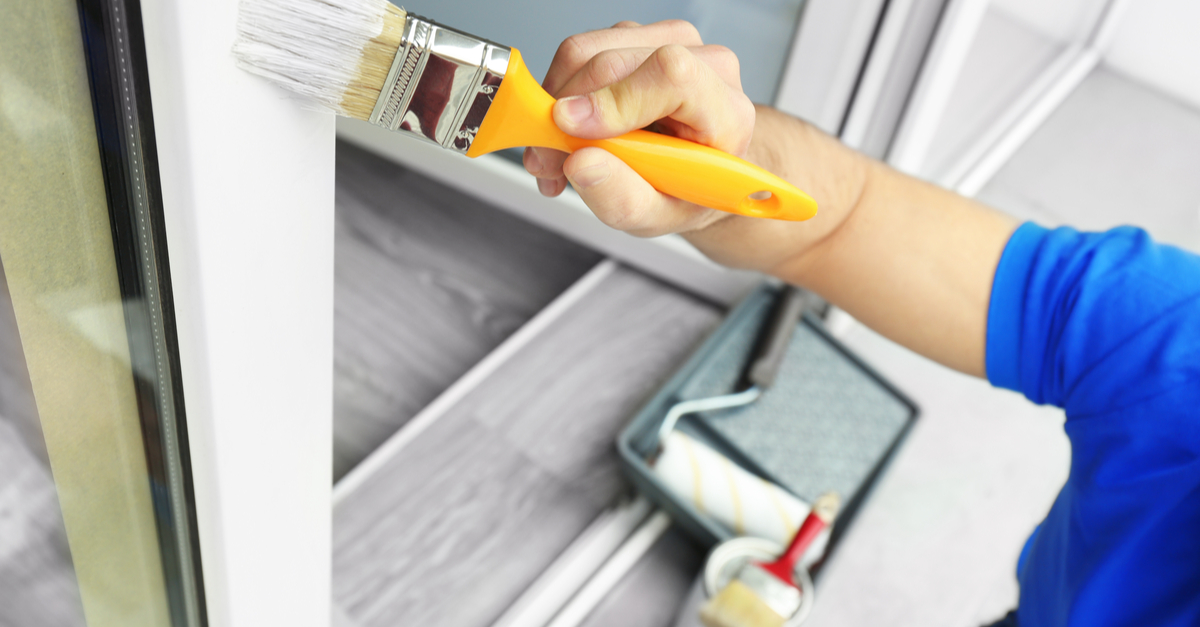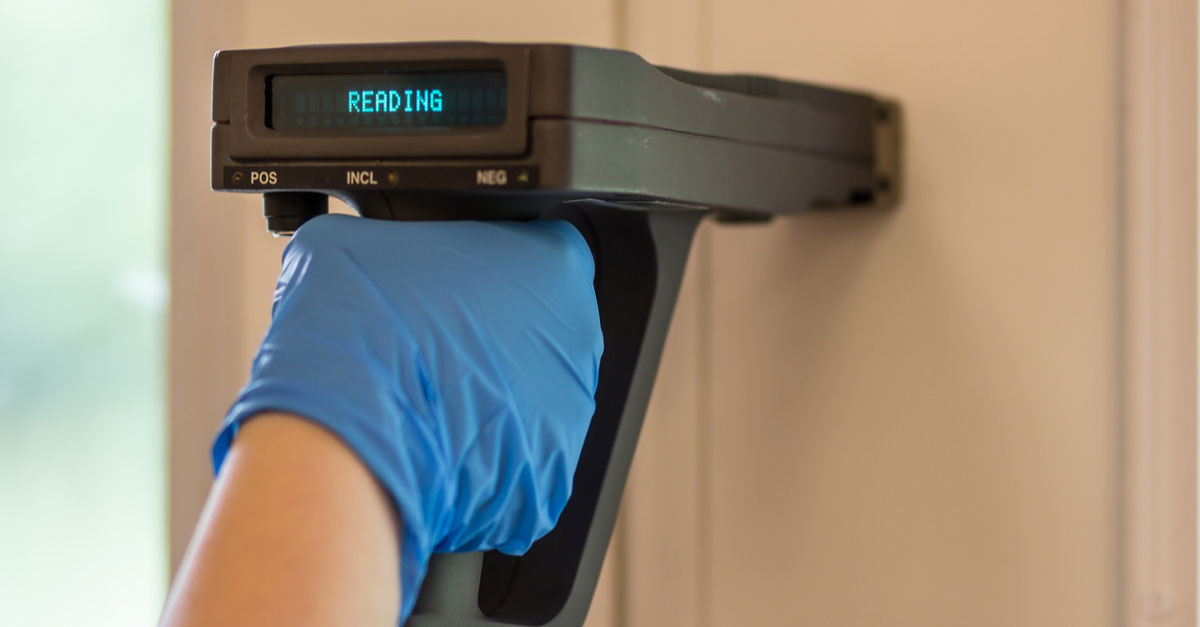If you are a contractor, landlord, or individual who performs renovation, repair, and paintwork, it is essential to obtain lead RRP certification. The training ensures that you’re equipped with the necessary skills and knowledge to safely remove all traces of lead-based paint from housing units. The fines per violation on a qualifying project can go up to $38,992. This guide will explore everything you need to know about obtaining Lead RRP certification.
What Is Lead RRP Certification?
The Lead RRP certification was constituted by the United States Environmental Protection Agency (EPA) and effected on April 22, 2010. It is a formal process that every contractor, landlord, or individual who performs renovation, repair, or painting (RRP) work must complete.
The process ensures that proper safety measures are taken to protect workers and occupants from lead-based paint hazards. It also certifies that these individuals have the skills and knowledge to safely handle projects involving lead-based paint.
What Does Being Lead RRP Certified Involve?
Lead RRP certification involves a combination of training and work experience. This combination is crucial to ensure that individuals are equipped with the knowledge to safely remove lead-based paint without exposing occupants and workers to the element at hazardous levels.
These professionals must also adhere to all applicable laws and regulations, such as the EPA rules on lead-safe work practices. Below are the required steps to achieve certification:
- Get registered for an EPA or State-approved Lead individual certification course
- Submit the application to EPA or to a State-approved institution, pay the applicable fees, and check their website for an approved course
- Be trained on safety procedures and the fundamentals of the Lead RRP process
- Complete a minimum of 40 hours of work and 15 hours of classroom training
- Pass all required tests administered by the EPA, a state agency, or an accredited firm
The training for lead RRP certification covers all aspects of lead-based paint, including the dangers it poses to individuals. It also teaches you about proper safety practices during renovations and how to inform occupants of risks that might occur.
What are the Requirements for Obtaining a Lead RRP Individual Certification?
To be considered for lead RRP certification, candidates must meet the following requirements:
- Be at least 18 years old and able to legally perform renovation, repair, or painting work in your state
- Have no convictions of certain crimes that affect their ability to work with lead materials, including drug offenses
- Be physically capable of handling the lead-based paint hazards on the job
- Have no history of drug and alcohol abuse within the past 3 years

What are the Benefits of Lead RRP Certification?
1. Improved Industry Image
The American Society of Home Inspectors (ASHI) follows the standards of the EPA and recommends that all home inspectors be trained in lead safety. Any contractor who becomes certified increases their reputation within the industry.
2. More Savings Financially
Homeowners typically pay less for lead work when working with contractors who are qualified to handle the job efficiently. Lead RRP certification is also less costly compared to fines charged once projects are found to be non-compliant.
3. Improved Efficiency
The certification process ensures that all experts who interact with paint have up-to-date skills. This means that projects will be completed faster and with less disruption to occupants.
4. More Compliance with Laws and Regulations
As a certified individual, you are required to follow state and federal regulations on the proper handling of lead-based paint hazards. This includes adhering to all applicable laws such as The Clean Air Act, The Clean Water Act, The Resource Conservation and Recovery Act, and The Safe Drinking Water Act.
5. Legal Advantages
There are numerous federal laws applicable in the construction industry, including the EPA Lead Renovation, Repair, and Painting Rule. This rule ensures that individuals are made aware of lead hazards before renovation or painting activities begin. Other legal benefits include protection against false advertising (section 18c of the Federal Trade Commission Act), forgery (section 446 of the Criminal Code), and fraudulent claims (section 5(a)(1) of the FTC Act).
6. Getting Certified to Handle Federal Work
The EPA’s certification process is comprehensive and includes handling lead across all renovation, repair, and painting activities. This means that once you are certified, you will be ready for federal work, even if renovations only make up a small proportion of your business.
7. Getting Listed on EPA’s National Directory of Certified Firms
Being listed on the EPA website offers you greater recognition and increases your chances of being contacted by homeowners searching for lead-certified contractors. To get listed, you need to fulfill certification requirements and pay an annual renewal fee of approximately $25.
8. Access to Government Contracts
The Federal Government awards millions of dollars each year for lead-based paint abatement. By becoming Lead RRP certified, contractors will be improving their likelihood of receiving contracts over non-certified companies.
9. Improved Workplace Safety
As the number of lead RRP-certified companies grows, so does their contribution towards improved workplace safety. Implementing these standards helps reduce accidents in the painting and renovation industry, leading to fewer injuries and fatalities.
How Much Does Lead RRP Certification Cost and Where Can I Get Trained?
The costs associated with acquiring lead RRP certification vary based on your location and the training option you choose. On average, expect to pay between $150 – $300 for EPA Lead Certification.
Lead RRP training is available at reduced prices from organizations, for instance, groups representing home building and renovation companies such as the National Association of Home Builders (NAHB). You should also check with your local government’s office of environmental health services for information about training options in your state.
Take Your Work to the Next Level by Being Lead RRP Certified
The EPA Lead Renovation, Repair, and Painting (RRP) certification is an excellent program to ensure your lead-related renovation and painting work is compliant with EPA regulations. It is designed to give contractors the knowledge to perform lead-safe projects while also improving workplace safety. Head over to explore our variety of courses to learn more about certification.


